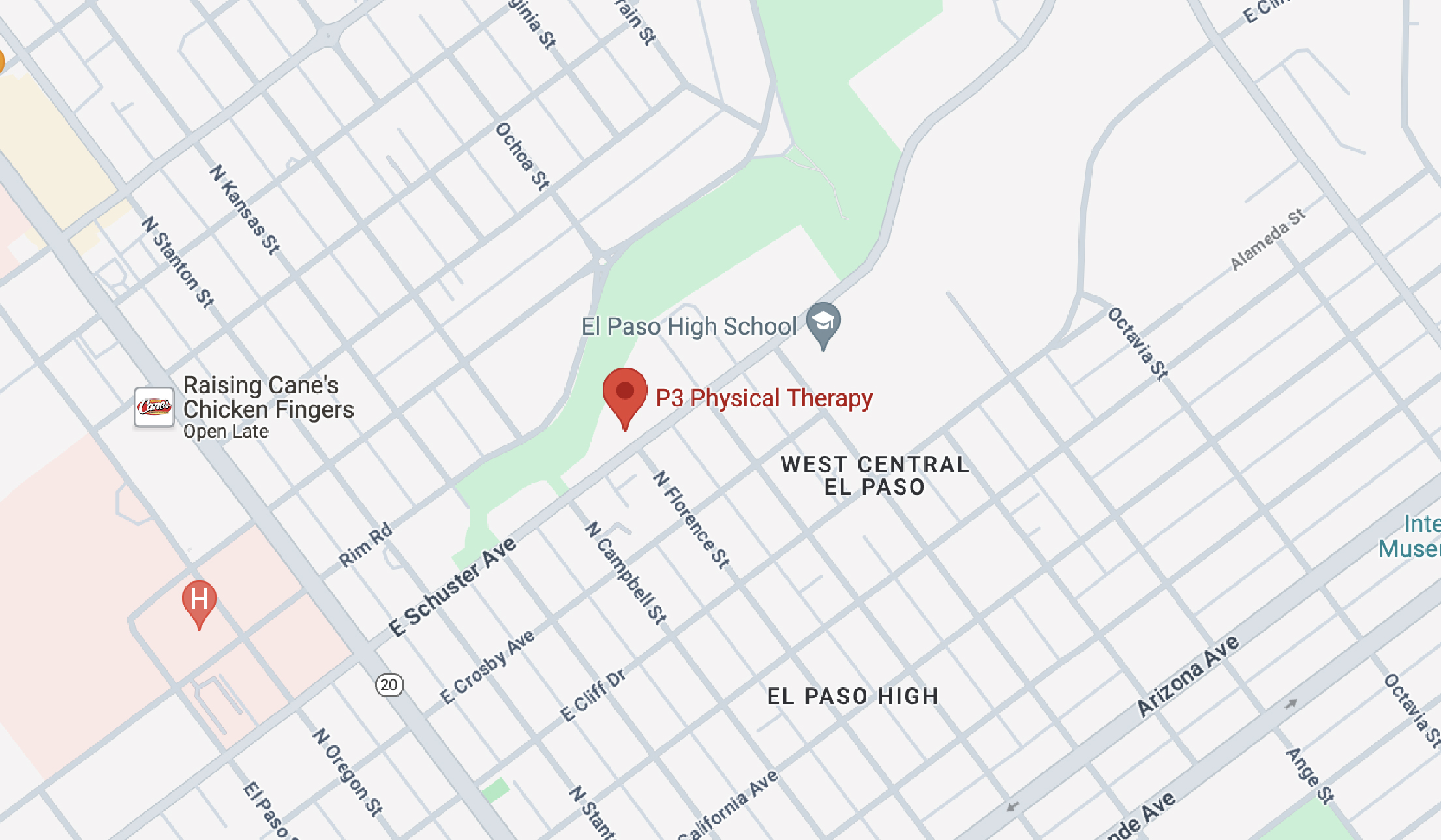
Osteoporosis
Osteoporosis causes bones to become fragile. Often times, it is associated with weak and brittle bones. In extreme cases, even mild stress on the body, such as bending over, have been known to cause fractures. Finally, fractures associated with the disease are often in the wrists, hip or spines.
Aerobic Exercise
Research has found that people participating in aerobic exercises often will improve their bone density. Aerobic exercises is sometimes referred to as cardio-exercise. Cardio exercise causes the heart rate to rise. Furthermore, it is know as “aerobic” because it requires the pumping of oxygenated blood to the muscles in order to sustain the energy level necessary to complete the workout. What’s more, cardio exercises also increase the breath rate.
Increasing bone density of the spine helps with reducing the potential for fractures. Furthermore, improvements in spinal bone density helps to decrease forward spinal curve. Weight bearing aerobic activity is preferred over non-weight bearing. An example of weight bearing aerobic exercises is as follows: running, walking, elliptical, other cardio equipment at the gym.
Swimming, although often a great work out, puts minimal weight on your bones. Therefore, swimming is much less effective for increasing bone density than other weight bearing exercises.

RESISTANCE TRAINING
Light weight lifting or resistance training is a second important component to helping with Osteoporosis. It is important to keep in mind that resistance training via light-weight lifting is very specific to each area. This means that one must develop an entire body workout. An entire body workout needs to take into account each muscle group. For example, if you strengthen the muscles around your shoulder joint, your shoulder will improve but not anywhere else. Therefore, resistance programs must account for muscle groups and joint areas. In addition to increasing bone density, keep in mind that getting stronger helps to prevent falls. Furthermore, ask for help in designing a workout that strengthens the muscles surrounding your spine. It is a great idea to start off with low levels of resistance. What’s more, your physical therapist can increase resistance little by little as you get stronger.
This condition does not have to worsen quickly. With Dr. Parul’s or Dr. Sara’s help you can identify which muscles you need to work on to improve bone density. This will help support your spine. Also, a great physical therapy program will help to improve your posture.
SUPPLEMENTS
It has been shown that nutrition and bone health are closely related. Speak to your doctor of physical therapy about supplements that help with this disease.


